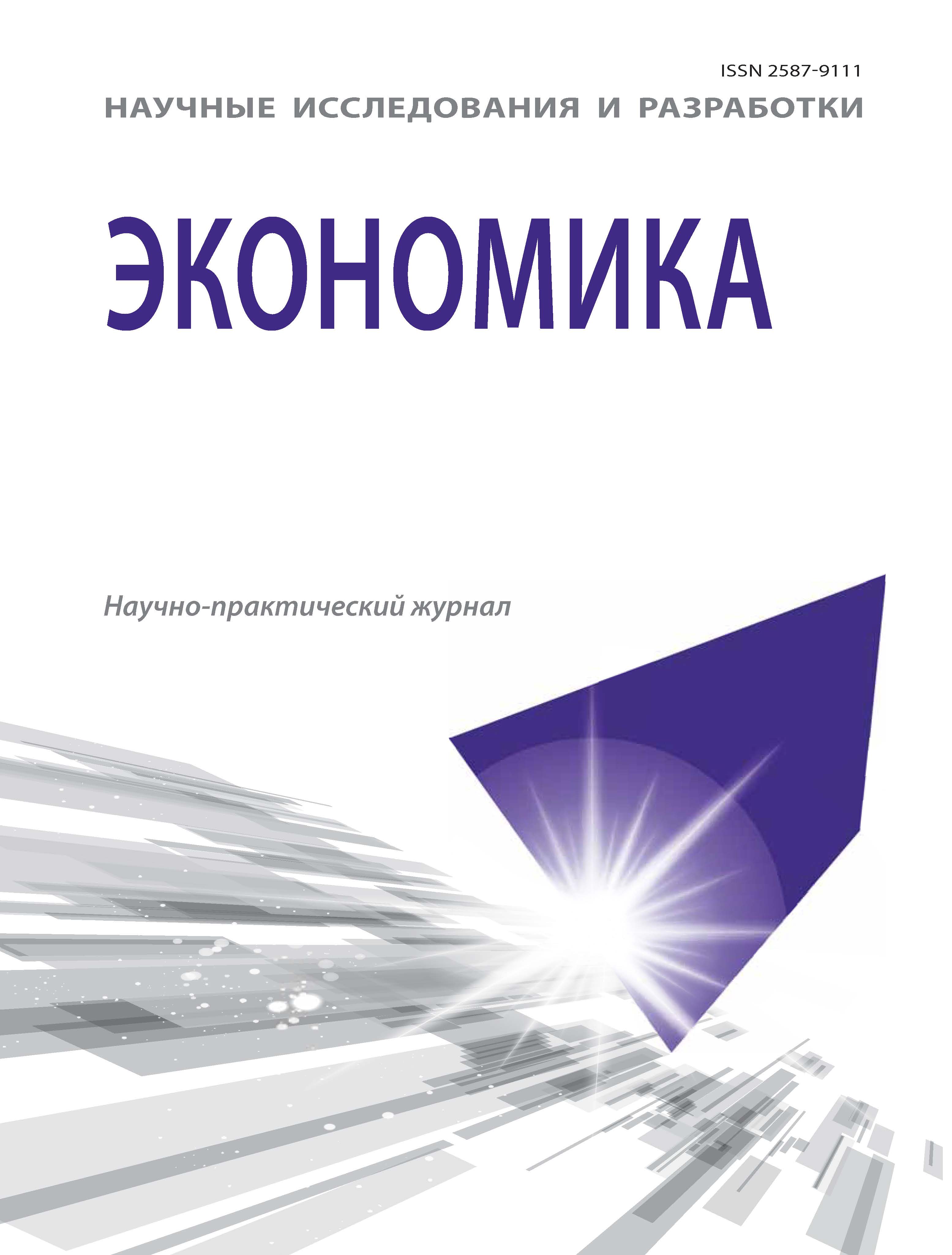Tula, Tula, Russian Federation
The purpose of the work was to study trends in the sectoral and professional structure of employment in the region. The paper uses data on the number of employed people by industry (type of activity) and occupational groups, which are presented by the Federal State Statistics Service of Russia for the Tula region. To assess trends in the structure of employment by industry and occupational groups, linear regression models were used, reflecting the number of employees by industry and occupational groups by year. The obtained results indicate that the development of the region’s economy is contradictory. The predominance of employment in the service sector indicates a transition to a post-industrial economy, but the absence of a trend in the redistribution of employment between the sectors of material production and the service sector may indicate a slow development of the transition process. Employment reduction trends in agriculture, forestry, hunting, fishing and fish farming, and mining reflect trends in the development of the post-industrial economy. But the trends in the reduction of employment in the field of information and communications, activities in health care and social services do not correspond to the main trends of post-industrial development. The growth in the number of specialists in the field of business and administration, specialists in information and communication technologies, specialists in the field of law, humanitarian fields and culture reflect the development trends of the post-industrial economy. But the growth trends in the number of workers, including unskilled workers, in material production correspond to the main trends of post-industrial development. The results obtained can be used to develop measures to improve the economic policy and plan the staffing.
industries, occupational groups, industrial economy, post-industrial economy, econometric models
1. Gabardo F.A., Pereima J.B., Einloft P. The incorporation of structural change into growth theory: A historical appraisal // Economia. 2017. Vol. 18, Issue 3. R. 392-410.
2. Samaniego R.M., Sun J.Y. Productivity growth and structural transformation // Review of Economic Dynamics. 2016. Vol. 21. R. 266-285.
3. Kitrar L., Upadhyaya S. Industrial development in the CIS: Reindustrialization trends and potential. Vienna: UNIDO, 2016. P. 80.
4. Zazimko V.L. Otraslevaya struktura ekonomiki RF: sovremennoe sostoyanie i perspektivy razvitiya // Ekonomika i predprinimatel'stvo. 2018. № 9. S. 109-115.
5. Gimpel'son V.E. Otraslevye sdvigi i mezhotraslevoe neravenstvo // Zhurnal novoy ekonomicheskoy associacii. 2016. № 3. S. 186-197.
6. Amaraev B.A., Marshova T.N. Investicionnye processy i strukturnaya perestroyka rossiyskoy ekonomiki // Voprosy ekonomiki. 2017. № 12, s. 40-62.
7. Ivaschenko S.M. Istochniki dolgosrochnogo rosta sektorov rossiyskoy ekonomiki // Zhurnal novoy ekonomicheskoy associacii. 2020. № 4. S. 86-112.
8. Basovskiy L.E., Basovskaya E.N. Razvitie v Rossii ekonomki neravenstva // Zhurnal ekonomicheskoy teorii. 2011. № 4. S. 198-202.
9. Basovskiy L.E., Basovskaya E.N. Vliyanie faktorov proizvodstva na trudovye dohody v predkrizisnoy ekonomike Rossii // Nauchnye issledovaniya i razrabotki. Ekonomika. 2015. № 3. S. 9-13. DOI: https://doi.org/10.12737/11576
10. Basovskaya E.N., Basovskiy L.E. Problema faktorov proizvoditel'nosti v ekonomike sovremennoy Rossii // Nauchnye issledovaniya i razrabotki. Ekonomika. 2018. № 1. S. 20-26. DOI: https://doi.org/10.12737/article_5a8d420ec30be2.09483138 (data obrascheniya: 01.03.2019)
11. Basovskaya E.N. Otraslevaya struktura zanyatosti i faktory strukturnyh sdvigov v ekonomike sovremennoy Rossii // Nauchnye issledovaniya i razrabotki. Ekonomika. 2021. № 3. S. 18-21. DOI: https://doi.org/10.12737/2587-9111-2021-9-3-18-21 (data obrascheniya: 08.10.2022).






